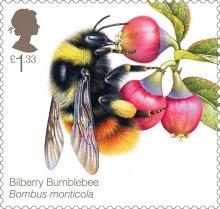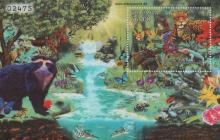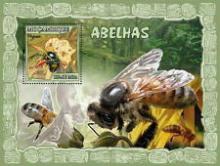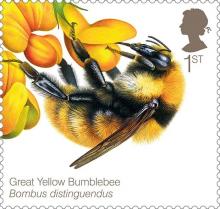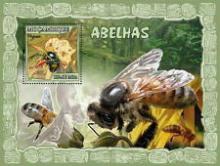Field-realistic neonicotinoid exposure can have impacts on both foraging ability and homing success of bumblebees
The ability to forage and return home is essential to the success of bees as both foragers and pollinators. Pesticide exposure may cause behavioural changes that interfere with these processes, with consequences for colony persistence and delivery of pollination services. We investigated the impact of chronic exposure (5–43 days) to field-realistic levels of a neonicotinoid insecticide (2·4 ppb thiamethoxam) on foraging ability, homing success and colony size using radio frequency identification (RFID) technology in free-flying bumblebee colonies.

